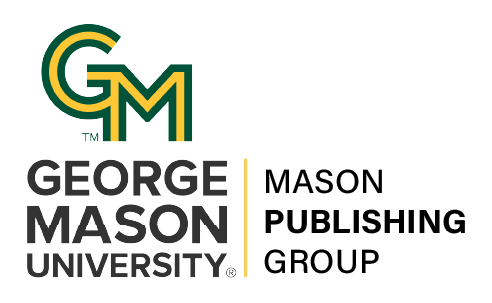Transformative Science Education: The Digital Revolution In Your Classroom
DOI:
https://doi.org/10.13021/G8itlcp.2.2010.2069Keywords:
STEM education, digital pedagogy, digital tools, retention, critical thinkingAbstract
There has been a dramatic revolution in the conduct of science in recent years, primarily triggered by the digital revolution. Online science, collaboratories, data-intensive science, digital libraries, and scientific social networks have changed the character of science practice. Despite this revolution in how scientists do their work, there has been very little change in standard science courses and curricula to match this reality. Numerous professional society working groups, national academies committees, and national agency blue ribbon panels have produced reports that call for dramatic changes in science education at all levels. In one case, a panel of experts produced the special report "Transform Science: Computational Education for Scientists" [1]; and in another case, a landmark journal article on "Computational Thinking" is transforming numerous NSF research programs and proposal requirements [2]. The proposed interactive presentation session for ITL'2010 will present some of the recommendations from the national study reports, and will open a dialogue among Mason faculty on how we can transform our own science courses and curricula to match the current realities of scientific research in the digital age. Such a transformation will better prepare our students for the world into which they will be embarking, and will aid in the development of the computationally skilled and data-savvy workforce required in the 21st century workplace. These programs will havethe additional benefit of attracting the best and the brightest students to Mason when they see this transformative science being taught here, and will prepare them in an exemplary manner for the next steps in their careers. Additional benefits include the focus on problem-based learning, the natural inclusion of undergraduates in the scientific scholarly community, and the attraction of diverse student populations into science (through their pre-existing familiarity with information technology tools) [3].
REFERENCES:
[1] http://research.microsoft.com/transformscience/
[2] http://www.educause.edu/Resources/ComputationalThinking/196295
[3]
http://democrats.science.house.gov/Media/file/Commdocs/hearings/2010/Research/16mar/Stas
sun_Testimony.pdf



